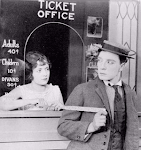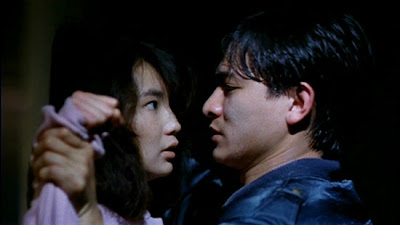
Yay us!!!
In honor of this most historic occasion, here are 100 things Sean and Mike could have been doing instead of publishing verbose and utterly inane posts on this digital bulletin board:
100 - Sleeping.
99 - Reading books.
98 - Learning a trade, like carpentry or plumbing. That would come in handy.
97 - Teaching ourselves a foreign language.
96 - Talking to our significant others.
95 - Walking the dog.
94 - Playing Scrabble.
93 - Making dinner.
92 - Writing that pesky novel.
91 - Vacuuming.
90 - Napping.
89 - Chatting with the neighbors.
88 - Picking up the telephone.
87 - Writing letters to our pen pals.
86 - Listening to NPR.
85 - Listening to Slayer.
84 - Volunteering at our local soup kitchen.
83 - Cleaning the bathroom.
82 - Writing sonnets for our loved ones.
81 - Remembering 9/11.
80 - Dozing.
79 - Becoming better bowlers.
78 - Landscaping.
77 - Trying to wrap our puny little minds around quantum physics.
76 - Taking another remedial math class.
75 - Exercising.
74 - Working on our tans.
73 - Doing the dishes.
72 - Scrap booking.
71 - Plotting our next Disneyland vacation.
70 - Resting.
69 - Investing in a hammock.
68 - Putting money away in a CD.
67 - Giving money away.
66 - Developing a healthy drug addiction.
65 - Selling our bodies to science.
64 - Selling our bodies to lonely men.
63 - Selling our bodies to blind women.
62 - Teaching illiterate adults how to read.
61 - Teaching bears how to read.
60 - Taking a siesta.
59 - Becoming fathers.
58 - Becoming grandfathers.
57 - Getting a goddamn haircut.
56 - Retaking the Myers-Briggs personality test.
55 - Signing up for a credit card.
54 - Remembering our loved ones' birthdays.
53 - Memorizing Shakespeare.
52 - Buying a smoking jacket.
51 - Smoking.
50 - Dreaming.
49 - Killing our dinner with our own two hands.
48 - Building a fort.
47 - Learning to dance.
46 - Working on our magic act.
45 - Working on our magic act (with the ladies.)
44 - Sending away for free samples.
43 - Becoming lumberjacks.
42 - Wandering around aimlessly.
41 - Finding a trampoline. Proceeding to jump on it.
40 - Passing out.
39 - Making hot chocolate.
38 - Riding bikes down to the park.
37 - Swinging on the swings.
36 - Jumping off the swings.
35 - Hurting ourselves.
34 - Crying.
33 - Donating blood.
32 - Donating plasma.
31 - Loitering.
30 - Being unconscious.
29 - Debunking numerology.
28 - Protesting something.
27 - Protecting something.
26 - Reading the thesaurus.
25 - Waxing on.
24 - Waxing off.
23 - Designing miniature golf courses.
22 - Making mimosas.
21 - Drinking mimosas.
20 - Just shutting our eyes for a few minutes.
19 - Reliving the '90s.
18 - Sighting wrongs.
17 - Writing songs.
16 - Making mixtapes.
15 - Taking our vitamins.
14 - Finishing what we sta
13 - Robbing banks.
12 - Graduating from clown college.
11 - Making our parents proud.
10 - Did I mention sleeping? It's like my favorite thing to do.
9 - Working on our rap skills.
8 - Contemplating the meaning of it all. And by it, we mean women's volleyball.
7 - Selling our souls for fun.
6 - Building an ark.
5 - Skateboarding.
4 - Finding our keys.
3 - Making lists with actual, tangible importance, like one for groceries. Did we even realize we were out of bread??
2 - Watching movies.
1 - Getting real jobs.




































































